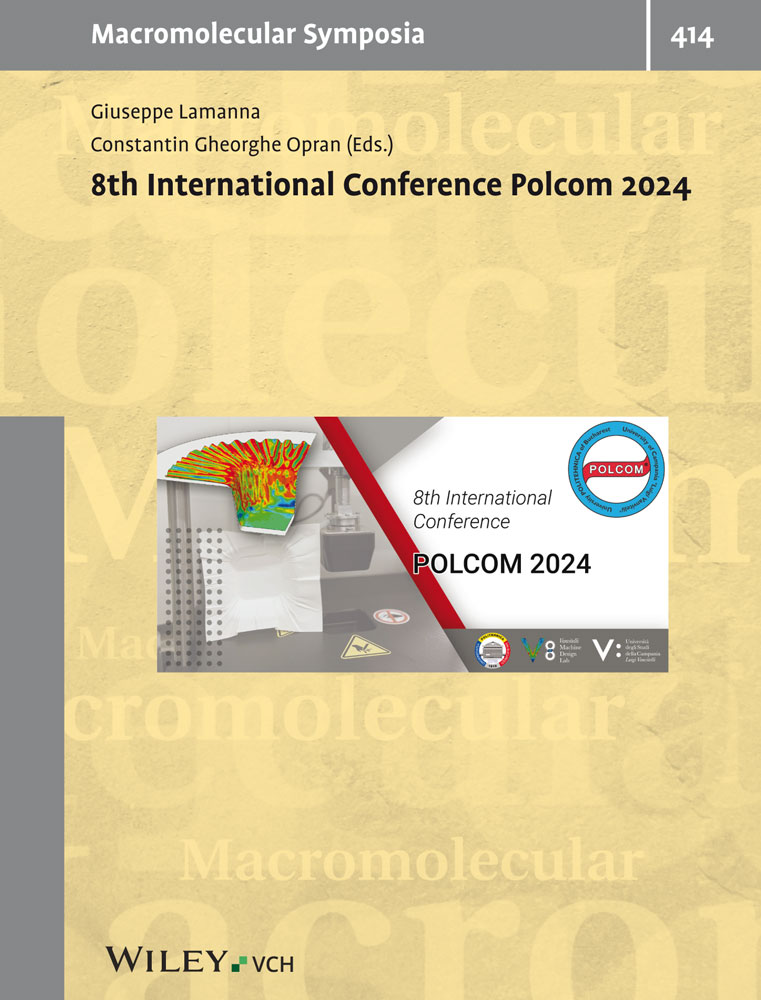Monolithic systems: from separation science to heterogeneous catalysis
Abstract
Recent results that have been obtained in the ring-opening metathesis polymerization (ROMP)-based synthesis of monolithic supports are summarized. We have elaborated a synthetic concept that allows modifying monolithic supports in a way that they can be used both for applications in separation science, for SEC and as supports for catalytically active systems. In all cases, a tailor-made microstructure was accessible due to the controlled character of the transition-metal catalyzed polymerization. Taking advantage of the “living” catalytic sites, an “in situ” functionalization was accomplished by subsequently grafting a variety of functional monomers and catalyst precursors onto the rod. Their design and use as supports for high-performance separation devices (e.g. for ds-DNA) and catalytic supports (e.g. supported Grubbs-type catalysts) is summarized.




